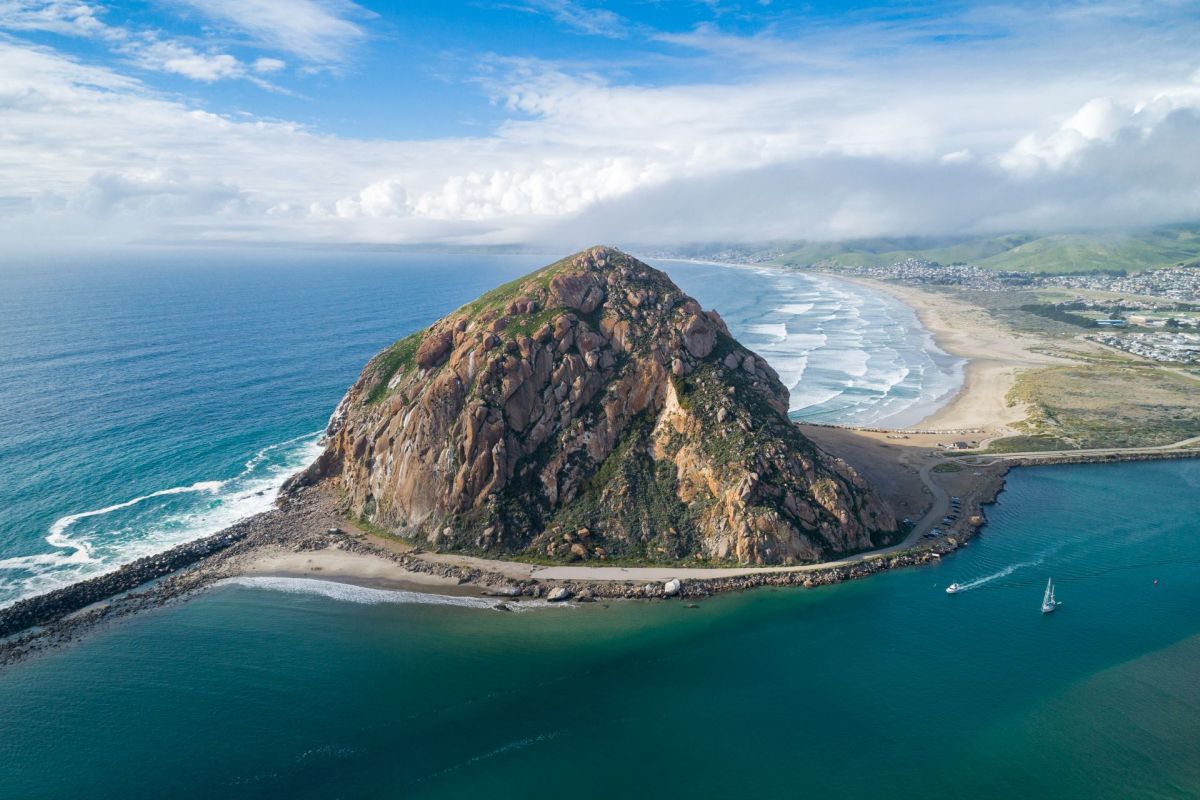A 156-mile stretch of coastline in central California is on the verge of being turned into a national marine sanctuary, co-managed by the Chumash people, other local tribal groups, and the National Oceanic and Atmospheric Administration (NOAA), the Guardian reported.
It will be the first tribally nominated, tribally led sanctuary on the U.S. mainland if approved.
It will also be physically huge — encompassing 156 miles of coastline and 7,670 square miles of ocean, the sanctuary would protect an area six times the size of Yosemite, all of which is under severe threat of the effects of climate change and pollution.
The water off the California coastline is acidifying at double the rate of the rest of the ocean, and the area has already dealt with oil spills from pipelines and petrol tanks, urban stormwater and agricultural runoffs, and offshore oil drilling, which is still legal in California.
Stephen Palumbi, a Stanford marine sciences professor, explained to The Guardian the role that the sanctuary would play in helping to protect the region's marine life.
"[Sanctuaries] do three major things," he said. "[T]hey're a great nexus for combining interests by different parties — such as fishing, local landowners, and state fish and wildlife departments. They're also a structure within the federal government, which means they have access to budget and research resources. And they can take local knowledge and graft it with administration abilities, which is a powerful combination."
Most importantly, the sanctuary would put a stop to any offshore oil drilling, as it is one of the activities officially banned in sanctuaries — along with discharging waste material, altering the seabed, and disturbing cultural resources.
The sanctuary has been in the works since the Chumash formally submitted a proposal in 2015 and could be designated as soon as early 2024.
As Palumbi told the Guardian, "all the elements are there." So far, 15 senators and members of Congress have written a letter urging its approval. Draft designation documents are available for public review. Public comments were received through Oct. 25 and are being considered before hopeful finalization.
Join our free newsletter for cool news and cool tips that make it easy to help yourself while helping the planet.
TCD Picks » Quince Spotlight














